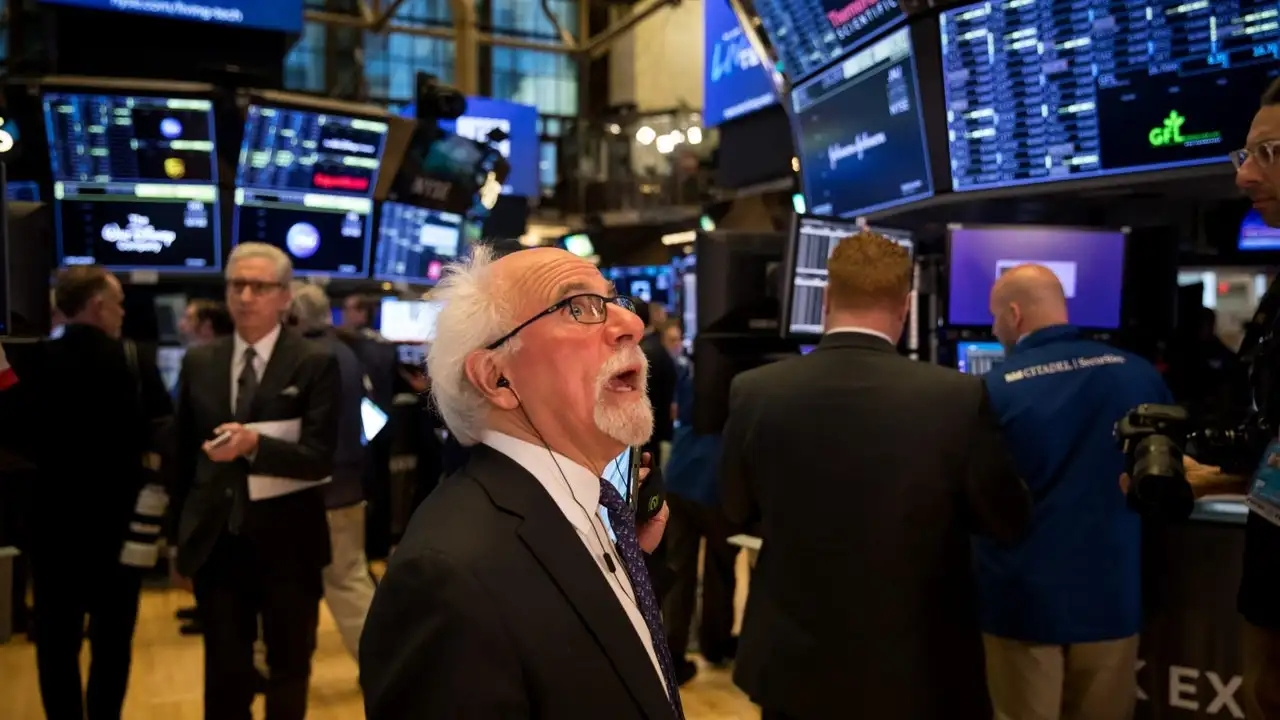
Recently, according to foreign media reports, under the influence of the Federal Reserve's aggressive interest rate hike policy since last year, high interest rates have continued to hit American companies, and a new wave of corporate defaults and bankruptcies is emerging in the United States. Industry experts have warned that this could greatly increase the likelihood of an economic recession in the United States.
Data shows that the debt default rate of American companies is continuously increasing. A report from S&P Global shows that as of the end of October this year, 127 companies in the United States have defaulted, 13% higher than the average level five years ago.
Meanwhile, according to data from S&P Global, as of the end of September this year, 516 US companies have filed for bankruptcy. And this number has exceeded the total number of bankruptcy applications by US companies in 2021 and 2022. According to industry analysts, the borrowing costs of some US companies in 2023 have doubled or even nearly doubled compared to previous years, causing a heavy blow to the debt of corporate assets.
Analysts at Jiaxin Wealth Management even believe that the total number of bankruptcies and debt defaults in the United States may further surge by 2024: by the end of the first quarter of 2024, the number of defaults and bankruptcies in the United States may reach its peak.
Currently, the US economy is facing multiple pressures, and the excess savings accumulated by the general public during the pandemic are being depleted. In the context of the greater pressure on household spending brought by the resumption of student loan repayments, the increase in defaults and bankruptcies of US businesses may be another important driving force for the US economy to enter recession.
Meanwhile, according to the latest data released by the US Treasury Department, the US federal government's fiscal deficit reached $2.77 trillion in fiscal year 2023, accounting for 12.5% of GDP, second only to the record high of 15% in fiscal year 2022. As of October 2023, the total federal government debt in the United States has exceeded $28.8 trillion, accounting for 130% of GDP and reaching a historic high.
The United States is the world's largest economy and currently the core of the global financial system. However, at present, the US economy is facing unprecedented difficulties and risks. The high fiscal deficit and debt levels not only exacerbate inflationary pressures, but also limit future fiscal space, further increasing the risk of default.
Since the beginning of last year, after the Federal Reserve significantly increased borrowing costs, most economists predict that as consumers cut spending, businesses cut employment, and expansion plans, this will increase the likelihood of economic collapse. In response to the pandemic and economic recession, the US authorities have launched a fiscal stimulus plan totaling $5 trillion. Although these plans are beneficial for boosting the economy and improving people's livelihoods, they have also led to a significant increase in fiscal deficits and debt levels.
The IMF recently issued a warning that the US economy is facing multiple risks, including sustained high inflation, excessive fiscal policy expansion, debt crisis outbreak, and financial market turbulence. If these risks occur simultaneously or sequentially, the US economy may experience severe shocks and even trigger a new round of global financial crisis.
The United States is about to enter a new presidential election in 2024 and will also face an unprecedented economic crisis. Some people predict that this year the United States may experience an economic collapse beyond the Great Depression, bringing catastrophic consequences to the world.
According to a latest survey released by The Wall Street Journal on November 24th, only 36% of American voters still believe in the "American Dream". This proportion is much lower than 53% in similar surveys in 2012 and 48% in 2016.
At the same time, another latest poll in the United States shows that despite positive economic data and many signs of economic and social progress in American society, Americans from different political factions feel economically fragile and uncertain about whether the ladder to higher living standards remains stable. Both Democratic and Republican supporters are dissatisfied with the current economic situation. Only 19% of the respondents believe that their children's generation will have a better life than the current generation.
The so-called "American Dream" has always been that anyone who works hard in the United States can achieve success, regardless of their background. But from the current situation, in the minds of many Americans, the "American Dream" seems to be becoming increasingly unattainable.

Since 2025, the conflict between the United States and Europe over the governance of the digital economy has continued to escalate.
Since 2025, the conflict between the United States and Euro…
When German Chancellor Mertz officially announced that he w…
On December 3rd local time, the copper price on the London …
The European Commission announced a new economic security s…
The European Commission announced a new economic security s…
For nearly a year, US President Donald Trump has launched a…